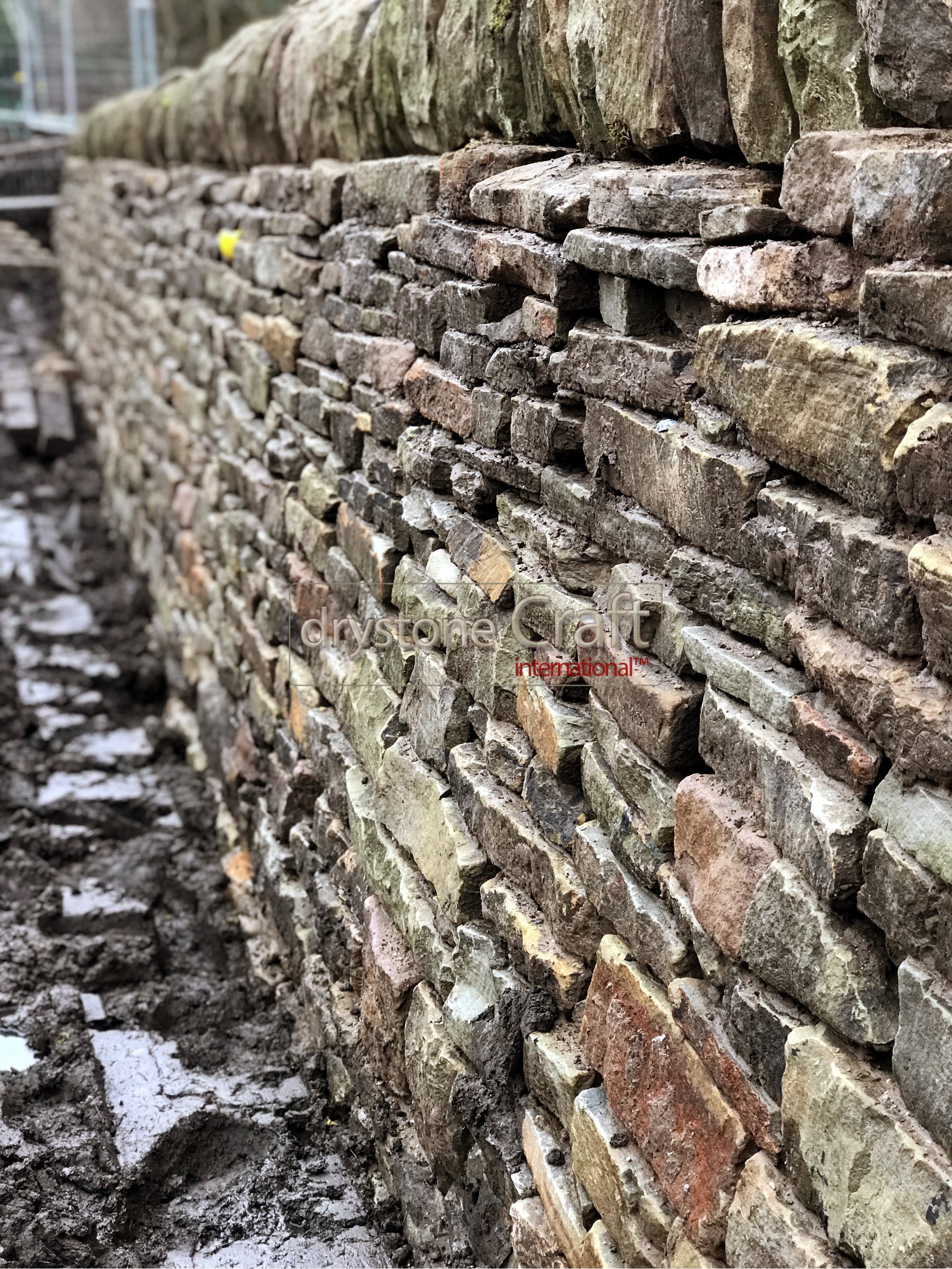Masonry Restoration IS NECESSARY, When?

There certainly are a amount of visual symptoms that could be seen when brick and stone masonry structures need restoration.
Restoration of a preexisting stone or brick structure may only call for replacing a few masonry units that have been damaged by accidental blunt force impacts that require grinding out the mortar surrounding the damaged units, removing the damaged units and re-pointing them back to place with a matching mortar.

Then periodically much more serious restoration processes have to be undertaken, when portions of a masonry structure commence to show discoloration, brick face spalling (cracking and chipping), mortar cracks and crumbling. These are signs that the masonry structure is under siege from sun and rain from the inside and the material of the wall begins to break down. This kind of damage is usually due to moisture getting in the brick or stone face structure and gets trapped there. When freezing and thawing occurs, the material expands and contracts at different rates, causing a failure in all of the material, brick and mortar alike. This cause of this type of deterioration needs to be stopped by locating the source of the leaked moisture, whether it be a leaking wall flashing or wall cap etc... Once the moisture leak is available and stopped, then there are a number of ways to approach the repair or restoration based on the extent of the damage. If the extent of the damage is large enough, some times you would be better served (cost and time wise) to just replace the complete wall or structure.
There are also instances when the foundation or the footer of the masonry wall may be the cause of masonry wall failure.
When an unstable foundation or a foundation failure is at fault, you will see the mortar on a brick or stone structure begin to distance themself or separate from the brick or stone units, leaving gaps between your mortar and the masonry units in a horizontal stair step pattern. There can also be present, occasional vertical cracks in the mortar and sometimes even in the brick units themselves. Browse this site should be repaired before any effective restoration may take place.
Another note: if you're likely to have new exterior hard-scape work done such as for example, free-standing masonry walls, fireplace, outside entertainment areas and retaining masonry walls, you need to (must) have an adequately poured, re-bar reinforced, concrete footer within the masonry structure, to possess a sound, long-lasting masonry fixture.
